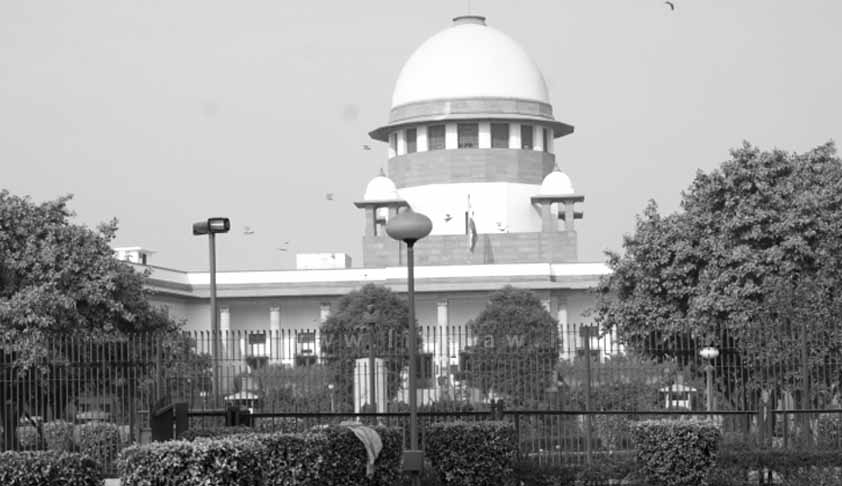Conviction Based On Confession Statement Of Accused: Experts Demand Reconsideration Of Supreme Court Judgment
M.A RASHID
16 Aug 2018 12:26 PM IST

Next Story
16 Aug 2018 12:26 PM IST
Legal experts demanded re-consideration of a recent Supreme Court Judgment whereby a two-Judge bench of the Court upheld the concurrent conviction and sentence of an accused in a case of dacoity with murder (S.396 IPC) based on a confession statement of accused produced by police to prove recovery of some incriminating articles under Section 27 of Indian Evidence Act.The Bench of Justice...
